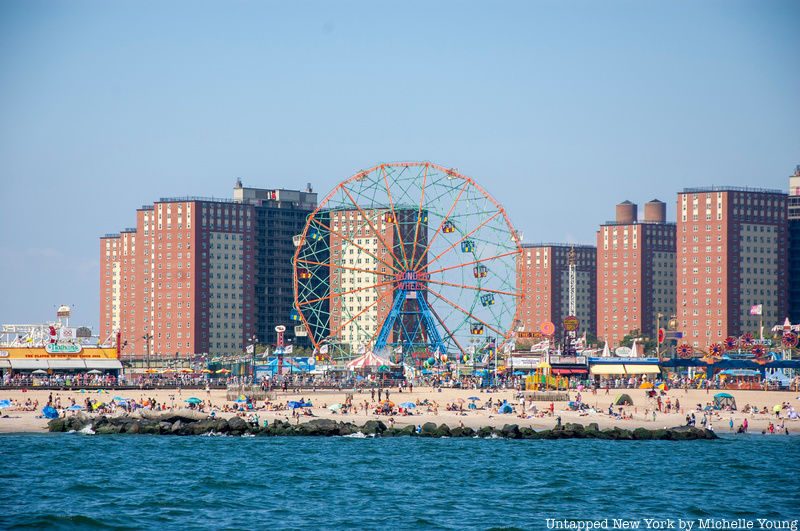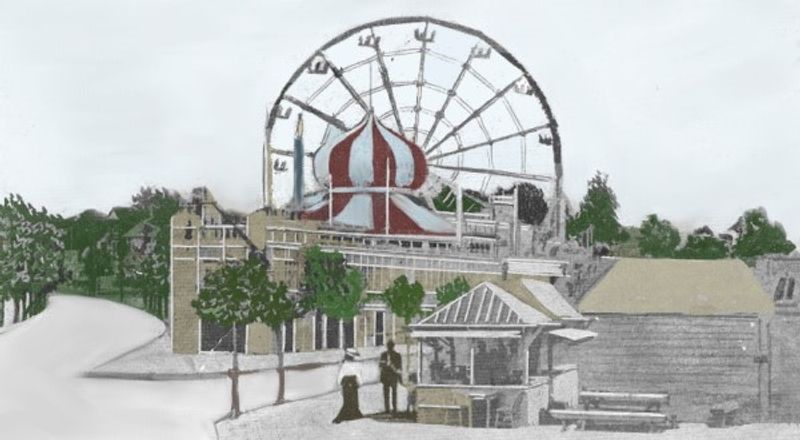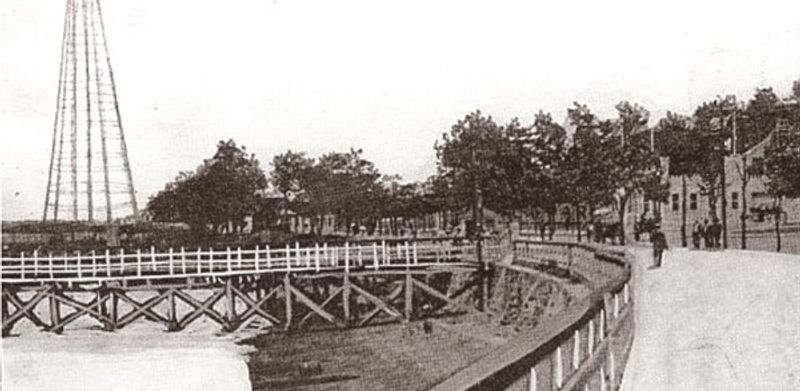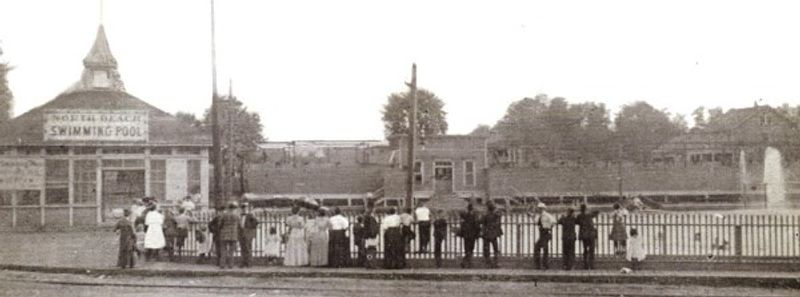When thinking about the most historic amusement park in New York City, the first place that might come to mind is Coney Island. Although Coney Island was considered one of the largest funfairs in the United States when it first opened to the public in the late 1870s, another lesser-known seaside resort was making a name for itself in Queens — on the site of what is now LaGuardia Airport.

William Steinway, the son of Steinway & Sons piano company founder Henry Steinway, was looking for properties at which he could develop a factory for the company. In his initial search, he came across a plot of land about 70 acres in size with 4,000 feet of waterfront in the area known today as East Elmhurst. Although he was intrigued by the land and was convinced of its potential, Steinway continued to purchase more lots and eventually chose to build his factory some two miles to the west in Astoria. The investor then decided to convert the beachfront property he found into an amusement park and resort for the immigrant workers of New York City.
Partnering with a brewer named George Ehret, Steinway opened Bowery Bay Beach in the summer of 1886 — and it instantly became a success. The property featured dancing pavilions, picnic grounds, a swimming pool, shooting galleries, theaters, the East Coast’s first-ever Ferris wheel, and even a small zoo. The location was attractive due to its family-friendly environment and appealing seaside setting for hosting social gatherings and events. William Steinway, for example, used the venue to organize a special picnic for his employees every year. The factory workers would bring their families along with them to relax and celebrate their hard work.

As popularity grew, Steinway and Ehret decided to rename the area North Beach to avoid confusion with the Bowery in Manhattan. Its popularity was partially due to how accessible it was through mass transit in the borough. Visitors could reach the park directly via the Maspeth-North Beach streetcar line, which offered connections to a number of other subway and railway systems. This connectivity was so efficient that in the very same summer North Beach opened, around 50,000 people visited the park in one week.
North Beach continued to serve as a popular weekend destination for New Yorkers up until the early 1920s when revenue started to decline. Because William Steinway was of German descent, plenty of the parties and gatherings included Germans who knew him through a singing society he was affiliated with. In the late summer of 1887, for instance, North Beach hosted a Liederkranz Philharmonic concert at one of the music pavilions. However, because of Germany’s alliance with the Central Powers in World War I, it became increasingly difficult for them to be so present in American society.

A number of North Beach swimmers also began to complain about the increased amount of pollutants that were washing up onto the beach from Bowery Bay. Not only were a number of industries developing along the bay but also the city’s plumbing systems in the late 19th century were designed to drain into the East River, meaning that large quantities of sewage would eventually flow out and pollute Bowery Bay. Partnered with the fact that Prohibition had begun in 1920, the decline in visitation was practically inevitable. The Gala Amusement Park was really the only attraction left to keep families coming until its official closure in 1921.

Interestingly enough, the abandoned site would eventually be filled over and used to construct the now all too familiar LaGuardia Airport. It first opened up as a small airfield in 1929 and was upgraded in the early 1930s with illuminated runways and larger hangars. Glen H. Curtiss Airport, as it was originally called, came to be one of the most important aviation developments in New York City history.
The project to build a major airport on the property was pitched after former mayor Fiorello Laguardia was frustrated with the fact that even though his flight was landing at Newark Liberty International Airport, the destination on his ticket read “New York”. He strongly advocated for a municipal airport in the city that would be more logistically placed than both Newark and the now decommissioned Floyd Bennett Airfield in Brooklyn. The airport’s full renovation provided travelers from Manhattan and the outer boroughs with direct access via the Queens-Midtown Tunnel. LaGuardia is now one of the busiest domestic airports in the United States and serves millions of airline passengers each year.
Next, read about NYC’s lost amusement parks and the top 10 secrets of Laguardia Airport in NYC!






